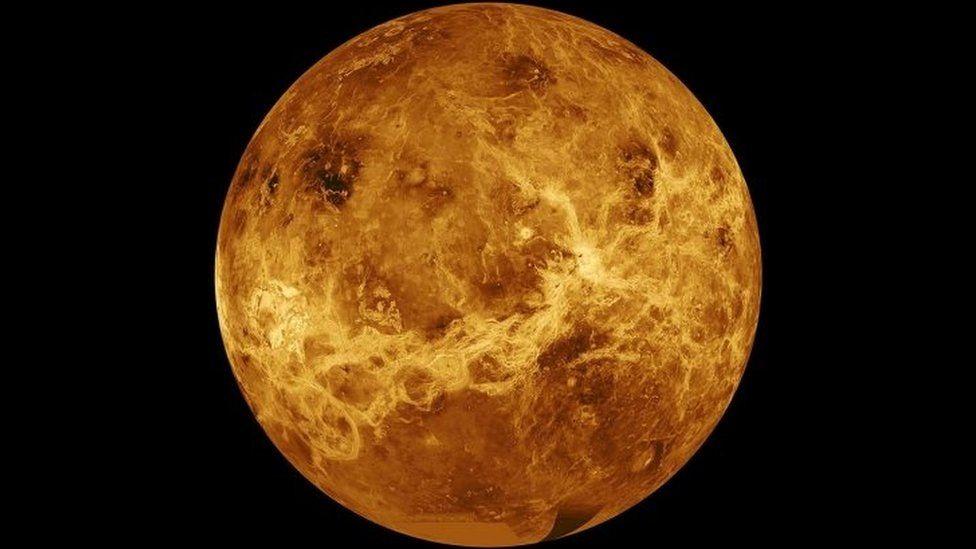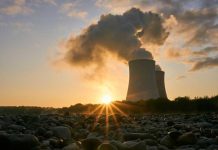Africa-Press – Tanzania. Nasa has announced that it is sending two new missions to Venus in order to examine the planet’s atmosphere and geological features.
The missions, which have each been awarded $500m (£352m) in funding, are due to launch between 2028 and 2030.
Nasa administrator Bill Nelson said the missions would offer the “chance to investigate a planet we haven’t been to in more than 30 years”.
The last US probe to visit the planet was the Magellan orbiter in 1990.
However, other spacecraft – from Europe and Japan – have orbited the planet since then.
The missions were picked following a peer review process and were chosen based on their potential scientific value and the feasibility of their development plans.
“These two sister missions both aim to understand how Venus became an inferno-like world, capable of melting lead at the surface,” Mr Nelson said.
Venus is the second planet from the sun and the hottest planet in the solar system with a surface temperature of 500C – high enough to melt lead.
Hopes rise of new mission to Venus
Will private firms win the race to Venus?
Is there life floating in the clouds of Venus?
The Davinci+ (Deep Atmosphere Venus Investigation of Noble gases, Chemistry, and Imaging) mission will measure the planet’s atmosphere to gain insight into how it formed and evolved. It will also aim to determine whether Venus ever had an ocean.
Davinci+ is expected to return the first high resolution images of the planet’s “tesserae” geological features. Scientists believe these features could be comparable to continents on Earth and could suggest that Venus has plate tectonics.
The second mission, Veritas (Venus Emissivity, Radio Science, InSAR, Topography, and Spectroscopy), will map the planet’s surface to understand its geological history and investigate how it developed so differently than Earth.
It will use a form of radar to chart surface elevations and discover whether volcanoes and earthquakes are still happening.
“It is astounding how little we know about Venus, but the combined results of these missions will tell us about the planet from the clouds in the sky through the volcanoes on its surface all the way down to its very core,” said Tom Wagner from Nasa’s Planetary Science Division.
“It will be as if we have rediscovered the planet,” he added.
A changing view of Venus
Over the last few decades, Mars has dominated Nasa’s budget for planetary missions. In the meantime, researchers studying Venus have become philosophical about the lack of priority given to their planet.
But that has been changing. New ideas, interpretations and new people have been transforming our understanding of Earth’s nearest neighbour. Long thought to have been a “dead” planet by some, there are many who now think Venus may be geologically active, perhaps with periodic volcanism.
It may have harboured oceans for a billion years of its history, and there is even a region of the planet’s thick atmosphere where microbial life could survive, floating among the clouds.
Scientists who have devoted their careers to studying this hothouse world are jubilant that the planet is finally back on Nasa’s radar.







